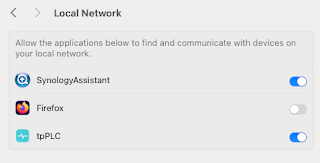IBM Operational Decision Manager helps you adapt quickly to changing conditions, align across business and IT and act with precision and reliability. It provides visibility to achieve clearer line of sight to business operations, collaboration capabilities to foster cross-functional and cross-divisional outcomes and built-in governance to align business operations with strategic intent.
IBM Operational Decision Manager V8.5.1 delivers:
• A new Decision Engine to help improve load time and execution time of decision services within Decision Server.
• A new incremental migration tool in Decision Center to help migrate database content from one version to another on a per project basis.
• Greater deployment opportunities with new application server's support and availability of the business Console all supported ones.
plus an ebook: -
Operational Decision Management (ODM) is the evolution of business rules management. It provides a complete, easy-to-use system for automating day-to-day operational decisions that allows business people and IT to collaborate on business rules.
ODM not only allows you to automate your business rules. It enables you to detect real-time business events (such as a person making a credit card charge) and use rules to automate the appropriate response to those events.
Download this eBook to learn the basics of Operational Decision Management and whether it's right for your organization. In this useful guide, you'll also learn how to get started and what to look for in best-in-class ODM systems.
Table of Contents
ODM not only allows you to automate your business rules. It enables you to detect real-time business events (such as a person making a credit card charge) and use rules to automate the appropriate response to those events.
Download this eBook to learn the basics of Operational Decision Management and whether it's right for your organization. In this useful guide, you'll also learn how to get started and what to look for in best-in-class ODM systems.
Table of Contents
• Chapter 1: What is Operational Decision Management?
• Chapter 2: Is ODM Right for You?
• Chapter 3: Looking Under ODM's Hood
• Chapter 4: The Life Cycle of Rules
• Chapter 5: Getting Started with ODM
• Chapter 6: Ten ODM Use Cases
• Chapter 7: Ten Characteristics of Best-in-Class ODM Systems


No comments:
Post a Comment